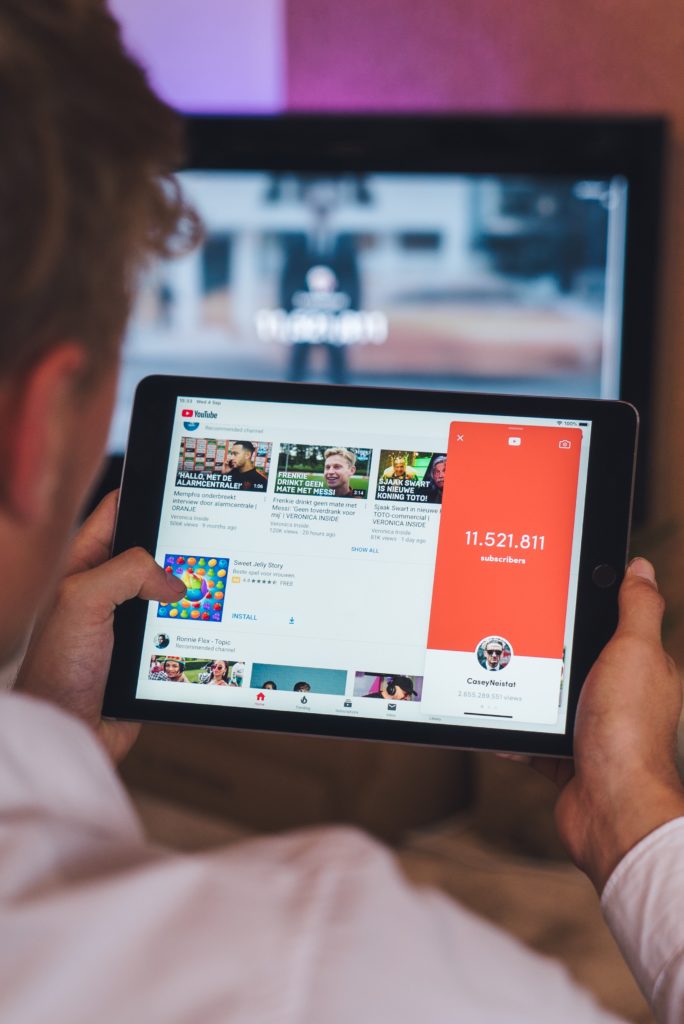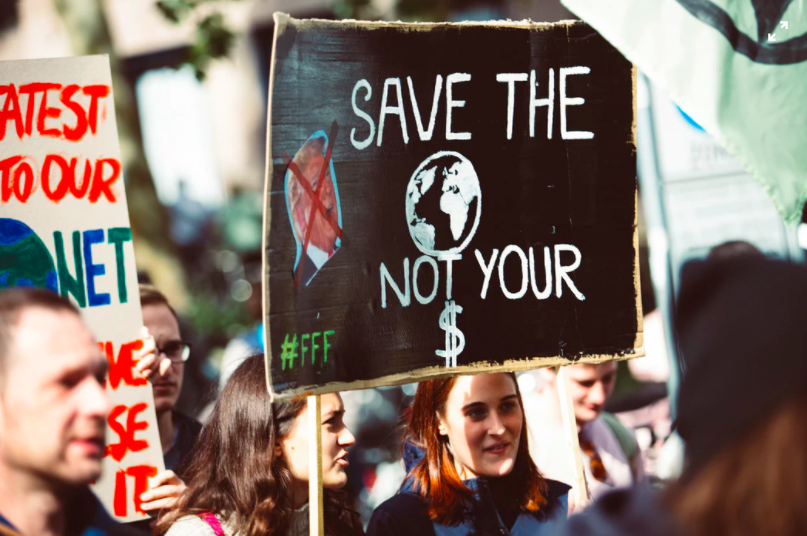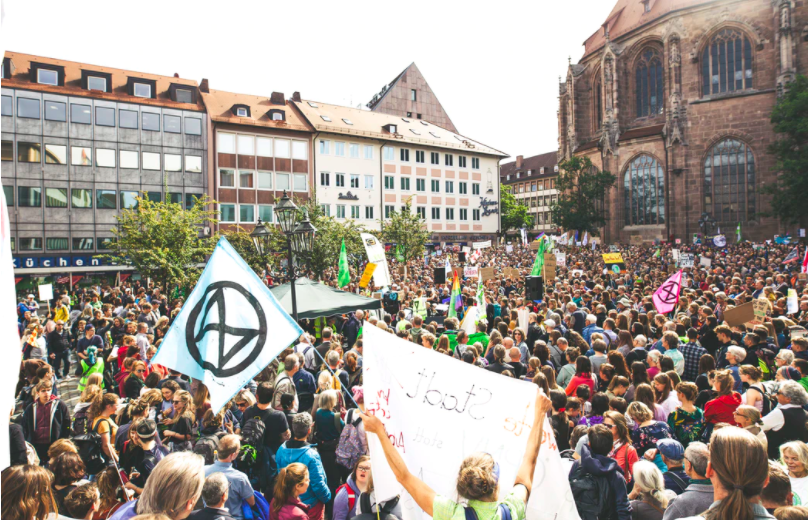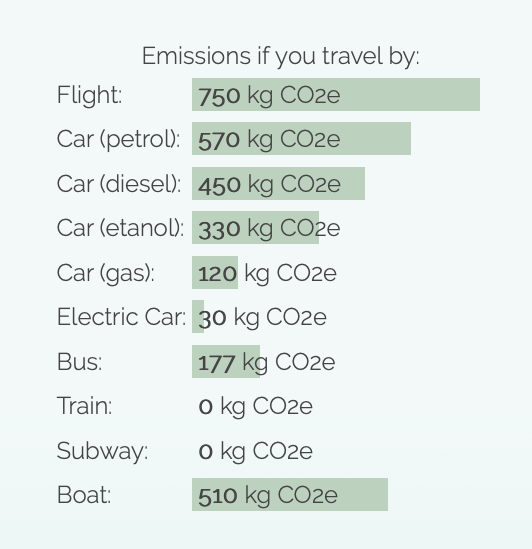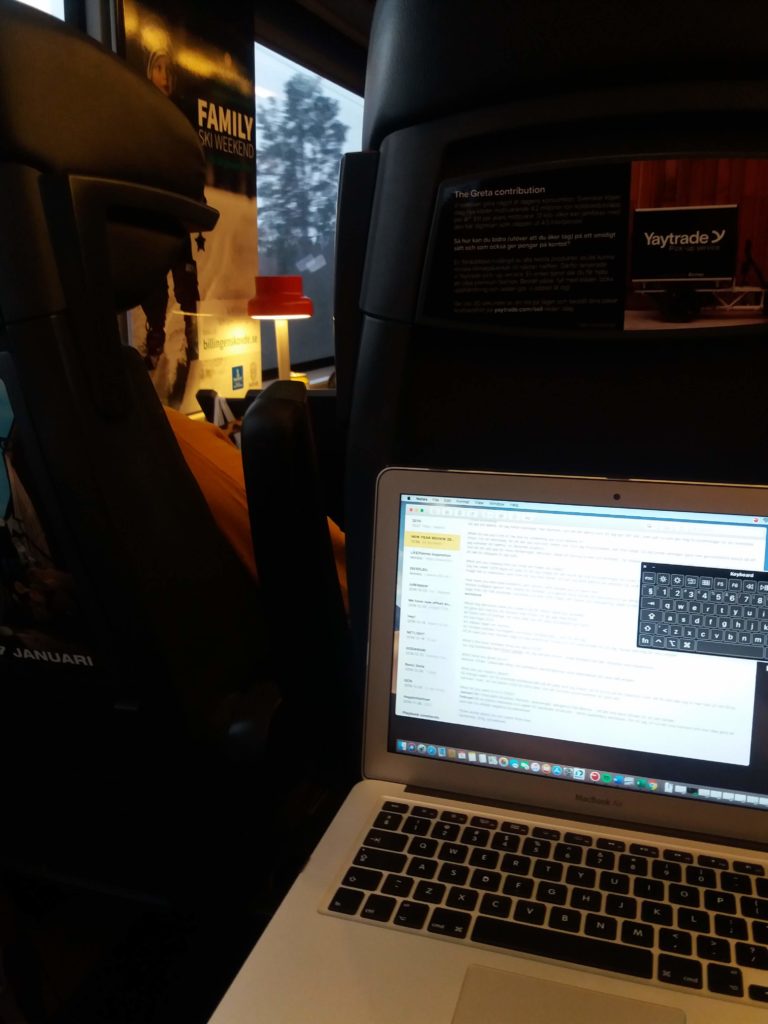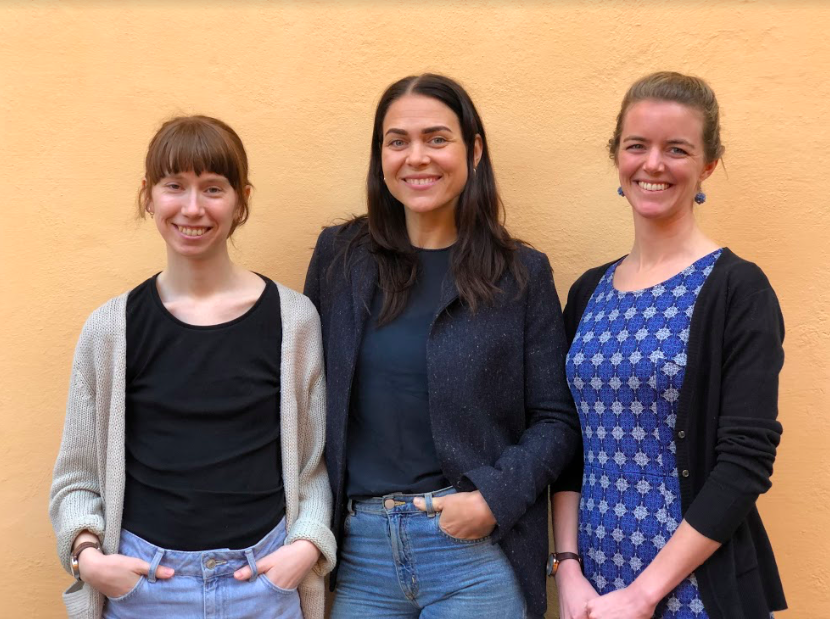We have now offset another 25,000 ton CO2eq in a Gold Standard certified project! Thank you for taking part in this!
This time, we are financing a new technology that we haven’t been involved with before – geothermal energy production! We are really excited to see that there are projects of this type available on the voluntary carbon credit market now, and we’ll tell you all about why this is so important.
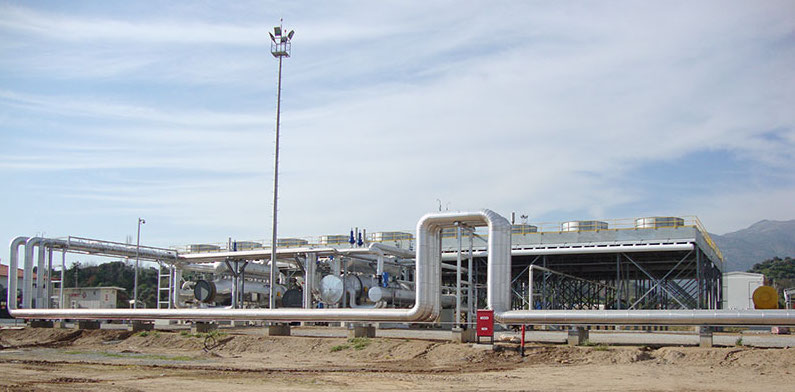
This project is called Dora II, and it is a geothermal energy production plant in the Aydin province in Turkey. The plant has an installed capacity of 9.5 MWe with an annual electricity production of 70,000 MWh. Geothermal plants use the heat that is stored in the ground to produce electricity. The very short tech summary is that this project utilizes something called a Binary cycle system, where fluid obtained from a well that is dug into the ground transmits its temperature to another fluid (pentane, that has a lower evaporation degree), which powers a turbine that produces electricity.
Geothermal energy is a great way to complement other renewable energies, like wind and solar, because it offers a constant supply that is not dependent on the weather. It is therefore considered a baseload, or readily dispatchable power. It can take place at all hours and under almost any weather conditions, it is reliable, efficient, and the heat source itself is free.
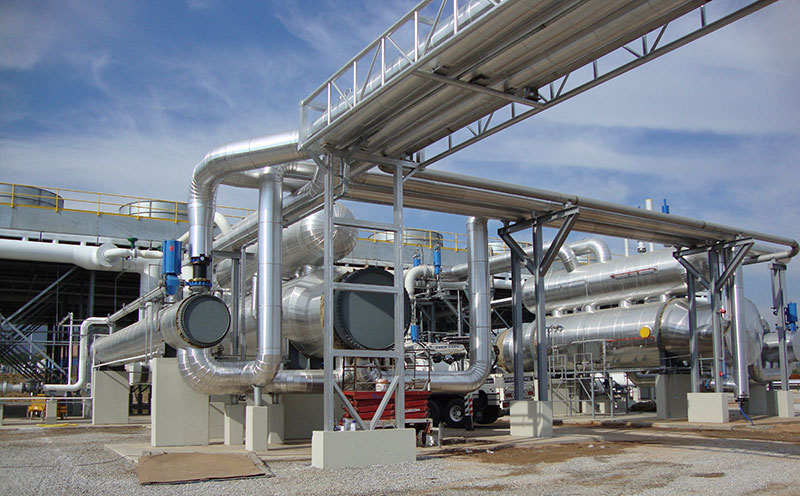
However, only 6 to 7 percent of the world’s potential geothermal power has been tapped, according to Project Drawdown. There is still a lot to discover, but it is believed that some 7 to 13 percent of the current global energy consumption could be satisfied with geothermal energy. This makes it one of the top 20 solutions to climate change as listed by Project Drawdown. However, this will only be possible if we together assume the costs of early investment and developments. That is why we at GoClimate are so excited to be supporting this project!
Turkey is a country with a huge and growing energy demand, which to a large extent is satisfied with fossil fuels that are imported from other countries. 86,5 percent of the energy supply in Turkey came from fossil fuels in 2018, and the majority of it (almost all the oil and natural gas) is imported. By growing the share of domestically produced renewable energy, Turkey can move towards satisfying its energy demands in a more sustainable way and help lead the development of green technology. This will help push down the prices of renewable energy technology, as we have seen with wind and solar before, and make geothermal energy more accessible to low income countries with high potential for geothermal (the possibility to access geothermal energy depends a lot on the composition of the earth’s crust).
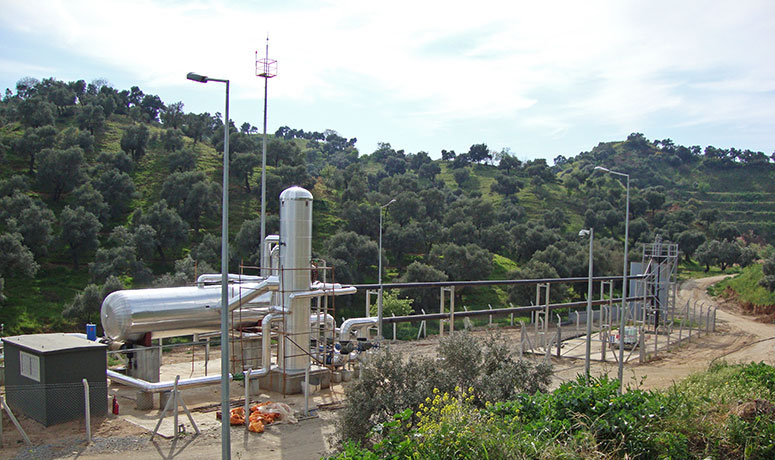
More information about this project in the Gold Standard registry (including verification and monitoring reports) HERE

